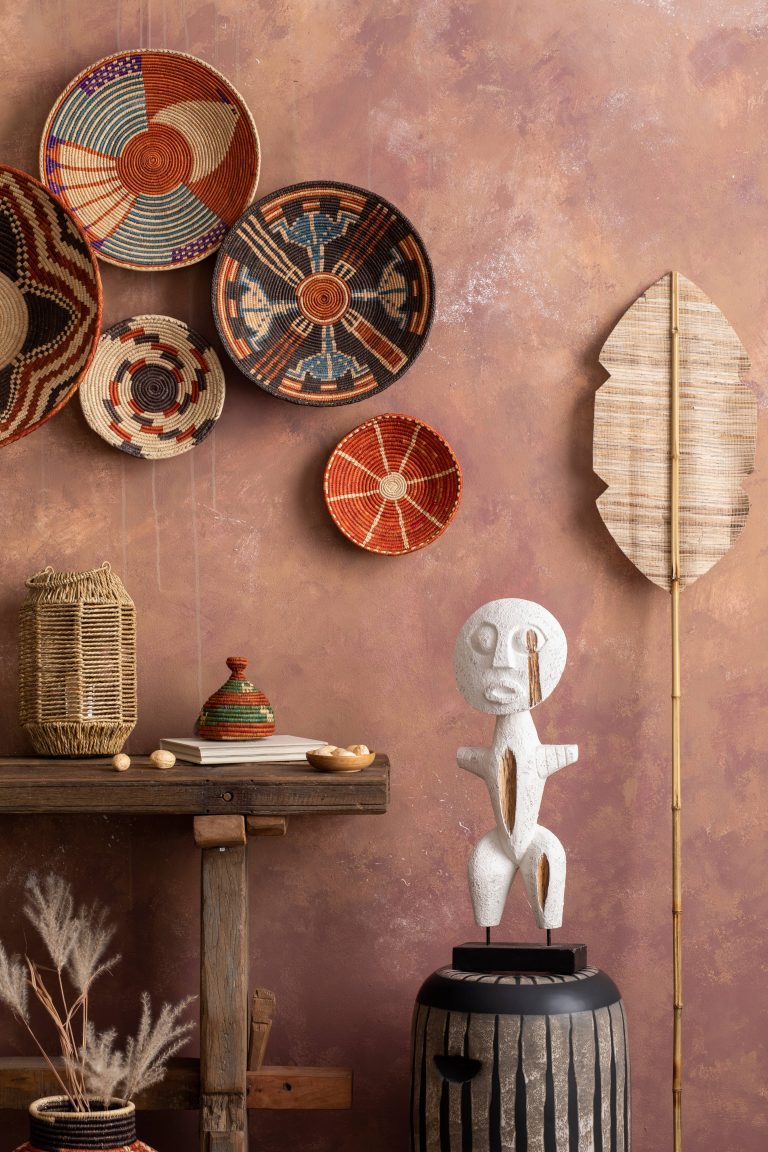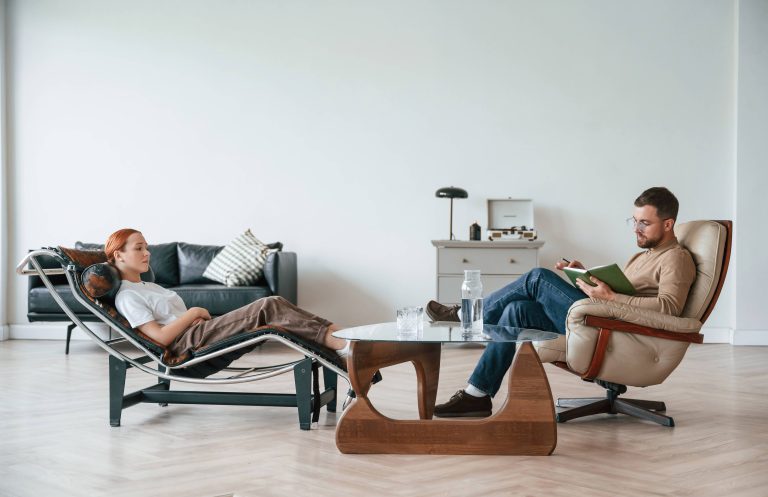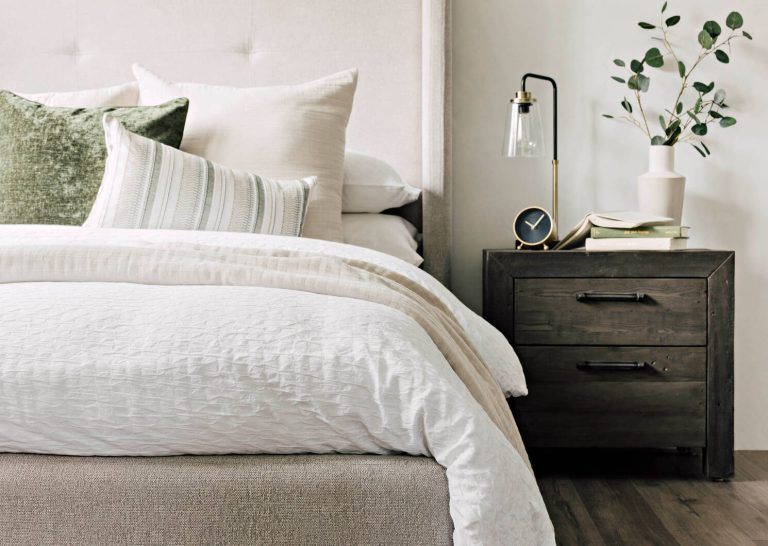
Creating defined pathways in your home can be a unique way to enhance your interior design, make your living space more functional, and protect your flooring from high traffic wear. Whether you’re looking to guide guests through a large open living space, define a work area, or provide a temporary solution during a renovation or event, temporary flooring can be an effective and stylish way to create indoor pathways. In this blog post, we’ll explore how you can utilize temporary flooring to create pathways within your home, discuss various materials available, and provide tips for installing and maintaining your temporary pathways.
The Benefits of Creating Indoor Pathways
Before we get into the how-to, let’s consider why you might want to create indoor pathways in the first place. Indoor pathways can help:
1. Guide Traffic Flow: In open concept homes or large rooms, pathways can direct foot traffic, making a large space feel more organized and intuitive for movement.
2. Protect Permanent Flooring: High-traffic areas are prone to wear and tear. Using temporary flooring can act as a protective barrier for your permanent flooring, whether it’s wood, tile, or carpet.
3. Define Areas: If you’re using a shared space for different functions (e.g., living area versus workspace), pathways can help delineate those areas clearly.
4. Adapt to Temporary Needs: Hosting a party? Planning a home renovation? Temporary pathways can accommodate these events without long-term changes to your home.
5. Add Style and Texture: Temporary flooring can introduce new textures, patterns, and colors to your space, enhancing your overall interior design.
Types of Temporary Flooring for Indoor Pathways
Now, let’s consider the types of temporary flooring you might use for creating indoor pathways. Here are some popular options:
1. Vinyl Runner Rugs: These are long, narrow rugs made of durable vinyl, ideal for high-traffic areas. They’re easy to clean and available in various patterns and colors to compliment your décor. Some variants come with anti-slip backing, adding both functionality and safety.
2. Interlocking Foam Tiles: Easy to assemble and disassemble, interlocking foam tiles are perfect for creating temporary pathways in children’s play areas or home gyms. They come in numerous colors and are soft underfoot, offering comfort and safety.
3. Carpet Tiles: Much like foam tiles, carpet tiles can be interlocked to create custom pathways. They’re available in a range of textures and colors. Carpet tiles are excellent for adding a warm, soft feel, especially over hard flooring like tile or concrete.
4. Peel-and-Stick Vinyl Planks: These tiles or planks are easy to install and remove, making them an excellent choice for temporary pathways. They mimic the appearance of real wood or stone, adding a touch of elegance without the commitment.
5. Rubber Floor Mats: Often used in commercial or industrial settings, these mats can also be used at home to create durable and slip-resistant pathways. They’re especially useful in wet areas like near entryways.
How to Install Temporary Pathways
Creating indoor pathways isn’t just about choosing the right material. Proper installation is crucial for both aesthetics and functionality. Here’s a step-by-step guide:
1. Plan Your Layout: Before installing, spend time planning where you want your pathways. Consider the natural flow of traffic in your space and outline the path using painter’s tape to visualize how it will look.
2. Choose Your Material Wisely: Depending on the function of your path, choose a temporary flooring material that meets your needs—whether it’s durability, aesthetics, or ease of cleaning.
3. Prioritize Safety: Ensure that the material you choose sits firmly against your existing floor. Use anti-slip backing or adhesive strips to prevent movement, especially in areas where slipping could be dangerous.
4. Install Your Flooring: Start at one end and work your way down the pathway. For interlocking tiles, connect the tiles as you proceed. For roll-out materials, work slowly to avoid bubbles or wrinkles.
5. Trim to Fit: Use a utility knife or scissors to trim any excess material. Aim for a snug fit that looks professional and feels secure underfoot.
6. Finish the Edges: If necessary, use transition strips to smooth the edges where your temporary flooring meets your permanent floor. This can prevent tripping and gives a polished look.
Maintaining Your Temporary Pathways
Once your pathways are in place, maintaining them is easy. Regular cleaning based on the material type—such as vacuuming carpet tiles or mopping vinyl—will keep them looking fresh and new. Periodic inspections will identify any areas that might be coming loose, allowing you to address minor issues before they become significant problems.
Temporary Pathways: A Dynamic Design Solution
Temporary indoor pathways are a dynamic, flexible solution to a variety of design and functional needs. They offer a means to protect your floors, manage foot traffic, and add a touch of style—all while allowing for change as your needs evolve. Whether you’re catering to a temporary event, engaging in dynamic home renovations, or just exploring creative home redesign ideas, temporary flooring offers a versatile solution for your DIY endeavors.
Incorporate temporary pathways into your home to redefine your space, enhance functionality, and inject a personal touch with ease and flexibility. Ready for a transformation? Whether you’re a seasoned DIY enthusiast or a home improvement novice, embracing indoor pathways with temporary flooring can open up avenues of creative opportunity in your home design journey.













